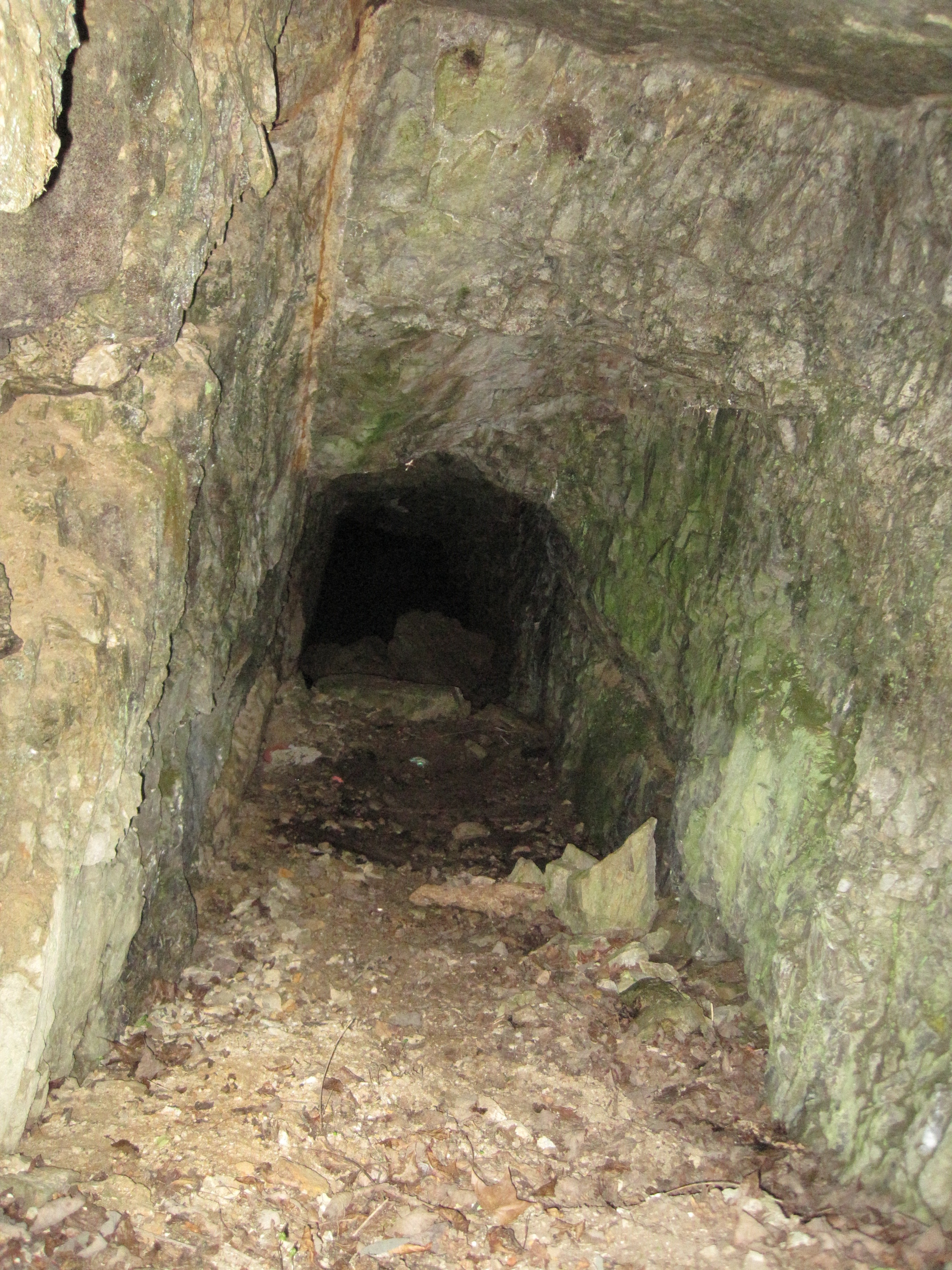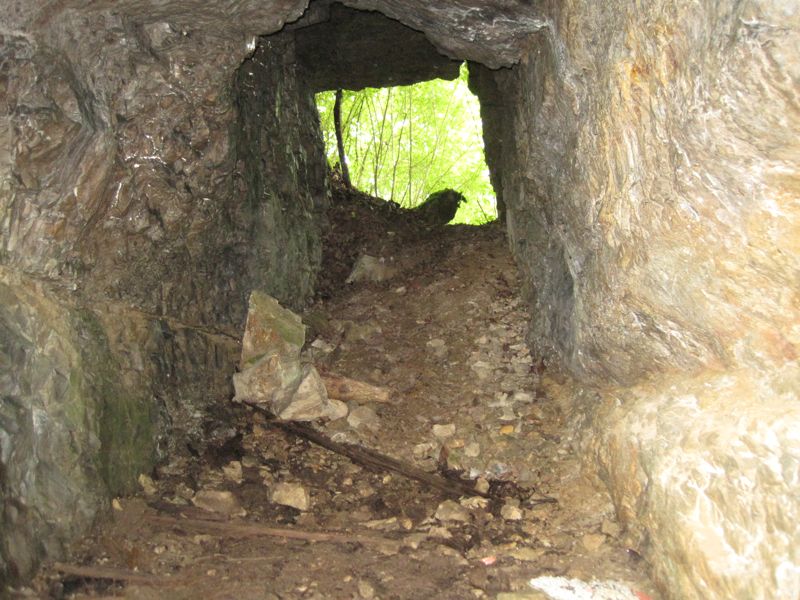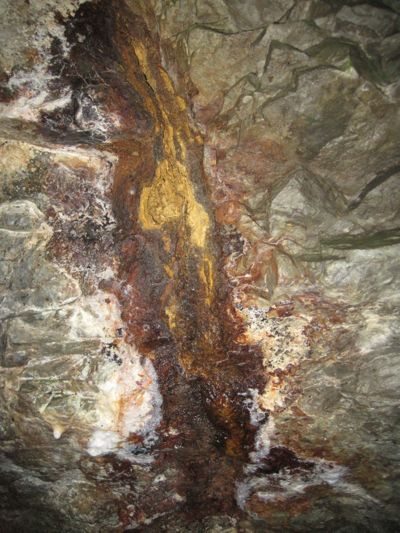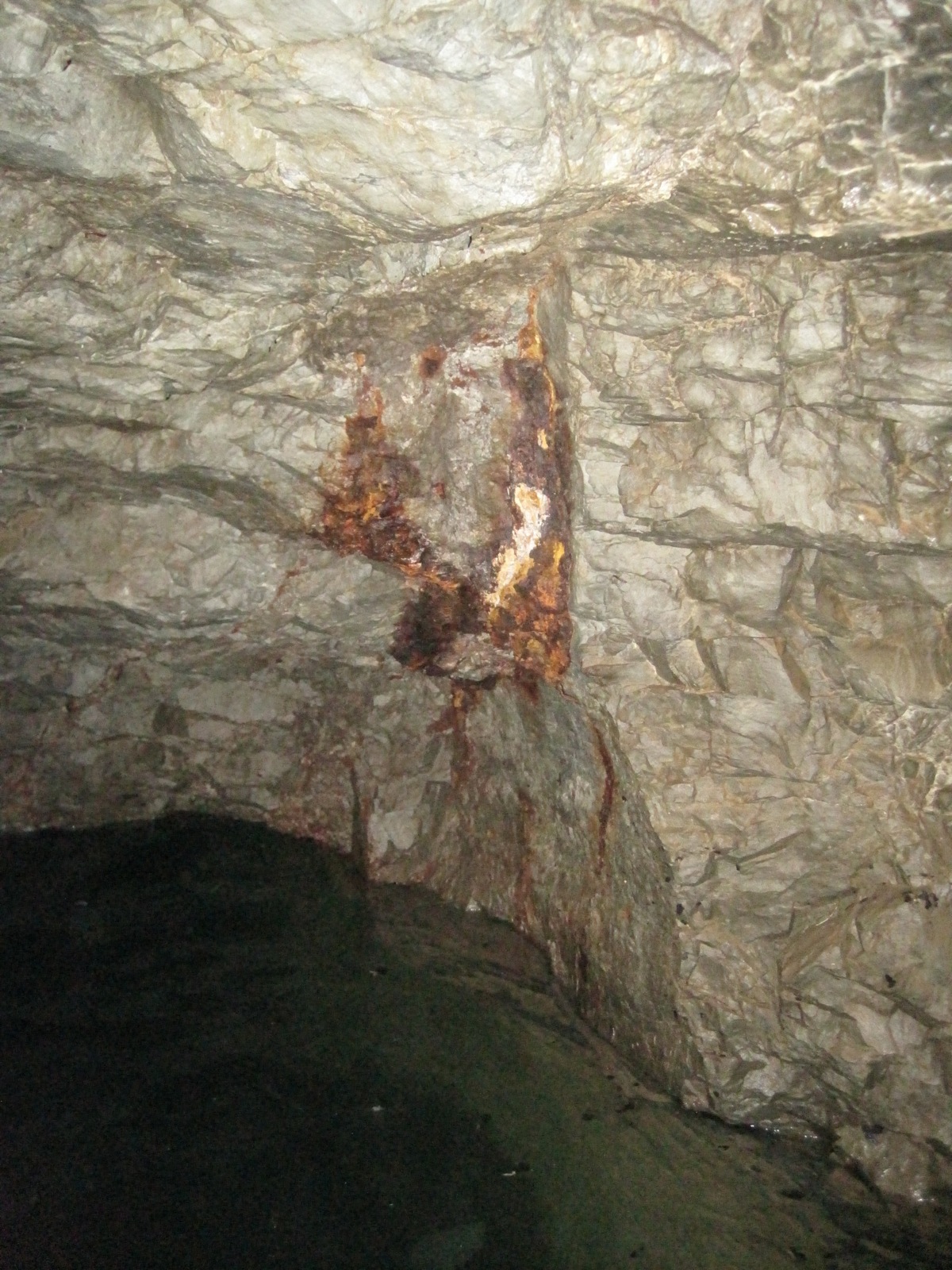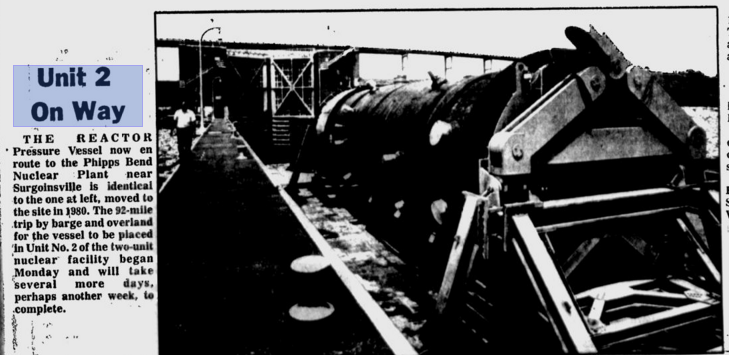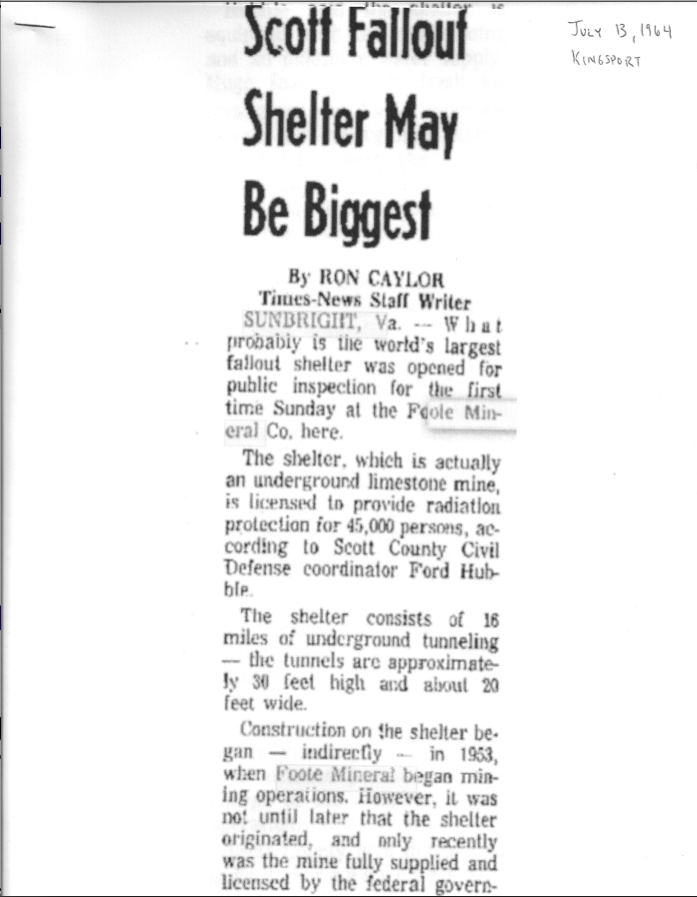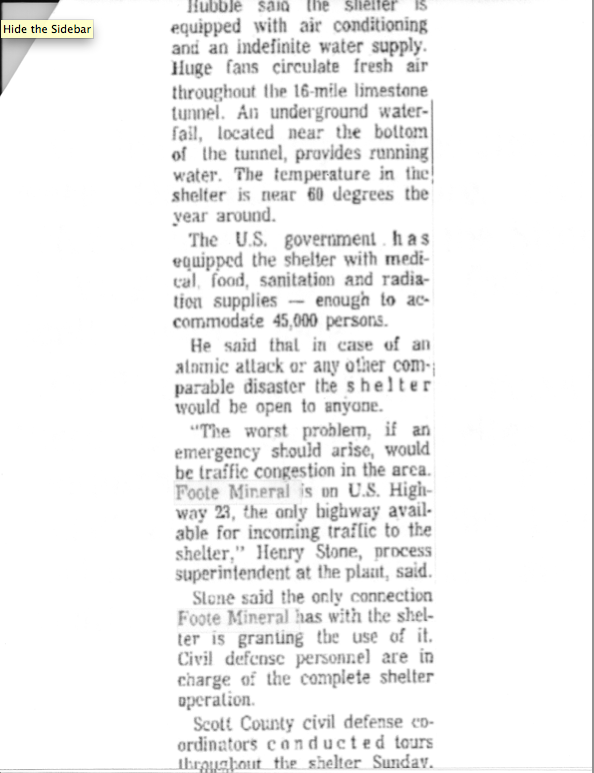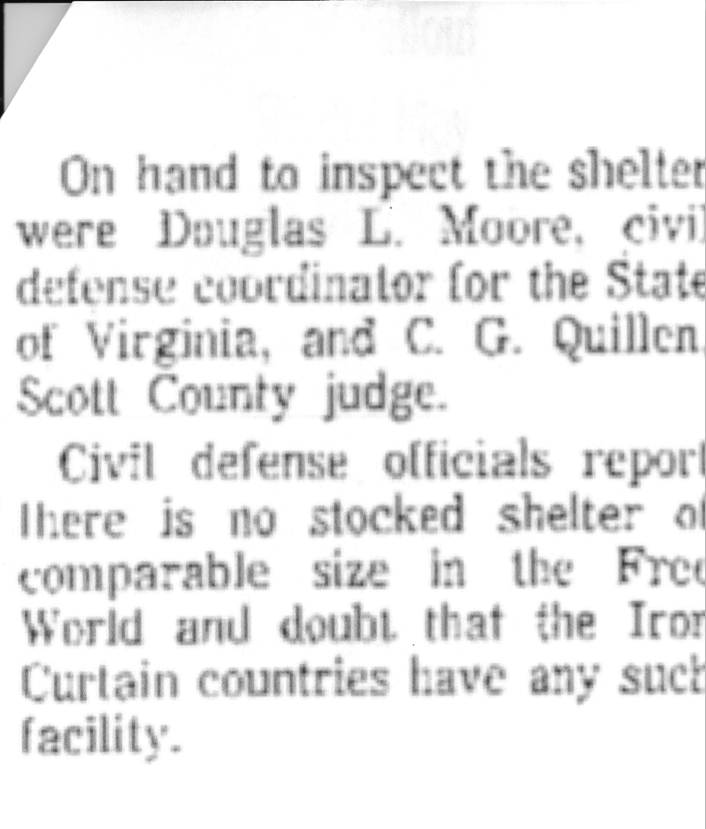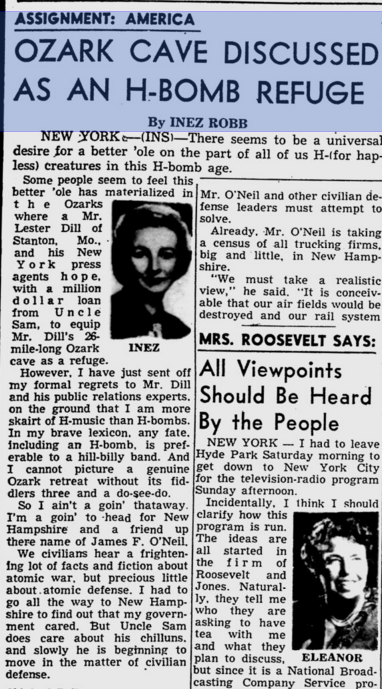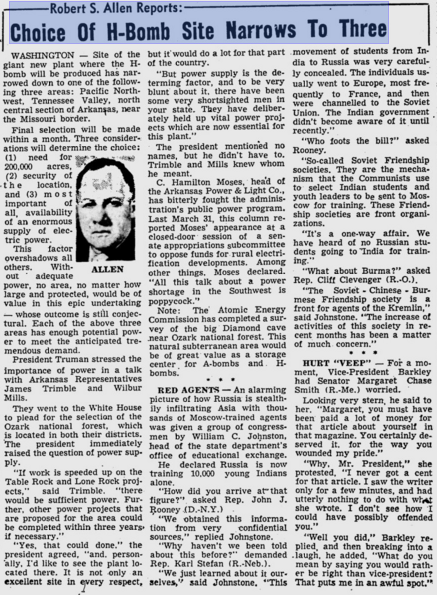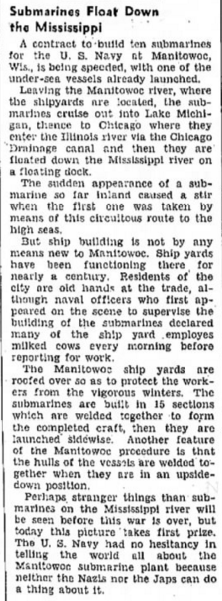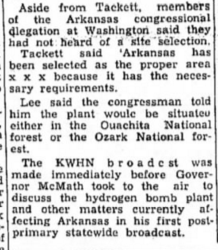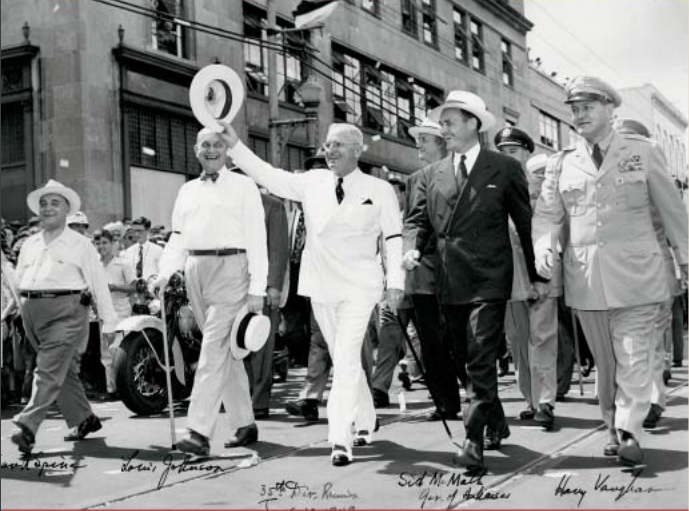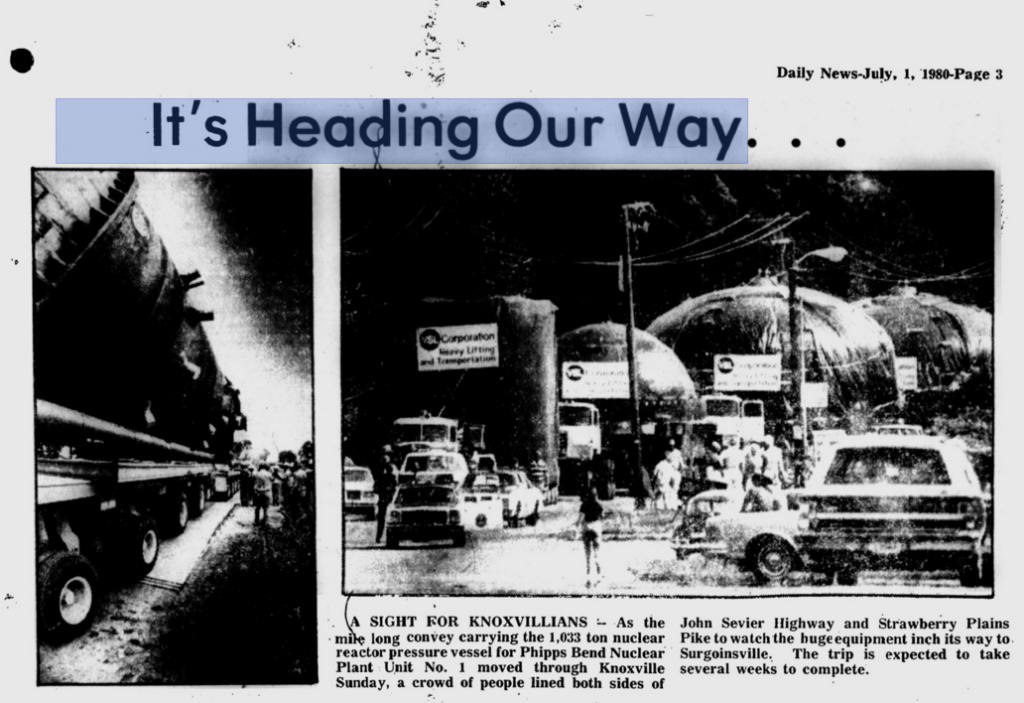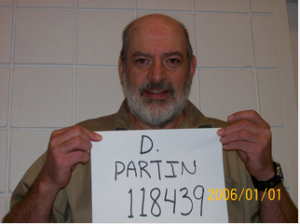The Middlesboro Tanning Company and Yellow Creek
Back in the eighties, a Middlesboro, Kentucky tannery that processed leather hides was under fire as perpetrators of massive pollution in Yellow Creek.
A Middlesboro Daily News article dated April 8, 1990, “Yellow Creek: Microcosm of environmental movement,” states high levels of chromium were found in the creek bed of Yellow Creek in 1987:
A study by a University of Louisville chemist discovered the pockets of chromium, a byproduct of the tannery process that can cause cancer.
and
Three health studies of [Yellow] creek residents investigated elevated rates of cancer, leukemia and intestinal problems. (1)
Chromium use in the Middlesboro Tannery began in 1965. Dr. Lorann Stallones research, “Final Report on Cancer Mortality in Bell County 1979-1985” indicates
Two studies performed in the early 1980’s reported waste waters flowing through and being discharged from the [sewage treatment plant] were highly toxic to aquatic life….the actual cause of toxicity was not determined….(13)
The first study (that I can find) that shows deposits of chromium in Yellow Creek occurred in 1984, coincidentally after the Three Mile Island cleanup began:
Settleable solids deposited in Yellow Creek were shown to contain chromium, copper, nickel, lead and zinc. (13)
In defense of the Middlesboro Tanning Co.,
Dirk Anderson, manager of the Middlesboro Tannery Co. , says it ‘has done an excellent job in meeting state and federal guidelines’ and ‘installed the most efficient pretreatment system in the tanning industry today’. (15)
Could the federal government have asked the tannery to accept contaminated water from Three Mile Island under the pretense the tannery’s pretreatment system could handle it? Remember- the tannery’s pretreatment system was designed to deal with chromium in the wastewater. Did officials think it could also “pretreat” the chromium from the contaminated water at Three Mile Island? If so, were Middlesboro officials aware of it as well? Remember, there had never been a nuclear disaster of this proportion before Three Mile Island. I could just imagine the panic, and mistakes that most likely were made.
Or, could the chromium in Yellow Creek possibly have trickled out of Cumberland Mountain from buried nuclear waste? Research carried out by Zachara et al. tells us this very thing occurred at another nuclear facility where waste was being stored, the Hanford nuclear site:
Chromate (hexavalent chromium as CrO42-) is a significant groundwater contaminant at the U.S. Department of Energy (DOE) Hanford Site in southeastern WA.
and
Chromate in ground water is readily transported through flood deposits…resulting in groundwater contamination plumes…”(2)
Interestingly, there continues to be elevated amounts of chromium in the eastern Kentucky water supply, even after the environmental cleanup of the tannery and Yellow Creek. This is evidenced in the Division of Water’s report, “Potentials for Levels of Arsenic and Chromium in Drinking Water Contribute to the Higher Cancer Rates Found in Eastern Kentucky as Compared to the Rest of the State.”(11)
Sobering data from the Environmental Protection Agency shows elevated levels of chromium in Gap Creek and its tributaries within the town of Cumberland Gap as well as the National Park. See STORET’s data here.
In addition to the the continuing presence of chromium found in the creeks, tributaries and water supply, a nuclear waste site upstream would explain the sicknesses reported by those living downstream: eerily, they match the same ailments as radiation poisoning. The National Institutes of Health states:
The bone marrow and gastrointestinal tract are especially sensitive to radiation injury…(3)
The Center for Environmental Health studies continues:
Strong evidence has been recorded of a possible connection between forms of leukemia and exposure to ionizing radiation. …These findings are consistent with the National Research Council’s determination that radiation can cause acute leukemia and chronic myeloid leukemia.
In a Los Alamos Science piece, “Low-level radiation: How harmful is it?” author Roger Eckhardt points out
Nearly all tissues and organs of the human body are susceptible to radiation-induced cancer….Leukemia was at one time thought to be the principal type of radiation-induced cancer; however, solid cancers, such as lung, breast, and thyroid cancers, are the more numerous result…(4)
Remember the Department of Defense sponsored lung cancer study?
In 2011, Arnold and her colleagues were awarded a $1.43 million grant by the Department of Defense to study potential environmental reasons — such as trace elements in soil or water — for the high lung cancer rates in Eastern Kentucky.
“We know that tobacco is the number one cause of lung cancer, but that isn’t the only factor causing the high cancer burden for southeastern Kentucky,” Arnold said. “So we started to look for other possible reasons. Could environmental carcinogens play a role?”(12)
A coincidence that cannot be ignored: the timing of the Cumberland Gap Tunnel construction in relation to the Three Mile Island incident.
March 28, 1979– Three Mile Island experiences partial meltdown of Unit 2’s reactor core
October 1979– Although Congress approved the construction of Cumberland Gap Tunnel in 1973, funds were not authorized until October 1979.
July 1980– the first time personnel were able to venture inside the Three Mile Island reactor building.
1981-1985- Officials, with the help of Oak Ridge National Laboratories, must remove the “high (radio)activity level water (HALW) at TMI-2” which “includes approximately 2650 in3 (700,000 gal) of contaminated water in the floor of the Reactor Containment Building (CB) and approximately 340 m3 (90,000 gal) of circulating cooling water that remains in the closed-loop Reactor Primary Coolant System” (14)
October 1985– Five years later, fuel removal from the melted core of Three Mile Island Unit 2 can begin.
December 1985– a 10 foot x 10 foot pilot bore is in progress under Cumberland Mountain in order “to incorporate data” for engineers in charge of the tunnel project.
July 1986– Off-site shipment of reactor core debris from Three Mile Island begins.
December 1986– The pilot bore under Cumberland Gap is complete. We know from previous accounts from engineers this initial 10 x 10 tunnel must have intersected the “maze of limestone caverns” located underneath the area of Cumberland Gap which then would afford endless underground storage for any nuclear waste.
1986-1990– cleanup of the Three Mile Island meltdown continues, yet Cumberland Gap Tunnel engineers indicate in spring 1987 that construction of the main corridors of Cumberland Gap Tunnel will not begin until 1989 (8). Even more noteworthy is the notice to proceed was issued even later: February of 1991 (see pdf file here). If nuclear, even transuranic waste from TMI-2 was being buried under Cumberland Mountain, the pilot bore permitted access under the mountain to the limestone caverns; this must be why the main tunnel corridors were not started until four years after the initial bore. I am confident the matching dates are more than a coincidence.
August 1993– Processing of radioactive, contaminated water from Three Mile Island is complete. This would include the transuranic sludge that must be disposed. Schmitt et al. states in “Historical Summary of the Three Mile Island Unit 2 Core Debris Transportation Campaign” that
As the cleanup progresses, some waste materials, (e.g., sludges) may be found to be contaminated with transuranics at levels above which commercial low-level [radiation] burial facilities are authorized to accept. Alternatives….could include archiving, R & D evaluation or temporary storage onsite, or at a DOE facility awaiting further processing and/or disposal in a permanent repository offsite. (5) page 234
December 1993– monitoring of Three Mile Island stored waste begins.
Both main corridors of the Cumberland Gap Tunnel are completed.
*The timeline for the Three Mile Island cleanup can be found at the Nuclear Regulatory Commission’s website here.(9)
What is transuranic waste?
Transuranic waste, according to the Nuclear Regulatory Commission, is
Material contaminated with artificially made, radioactive elements, such as neptunium, plutonium, americium, and others—that have atomic numbers higher than uranium…. (6)
The EPA states
Some TRU waste consists of items such as rags, tools, and laboratory equipment contaminated with radioactive materials. Other forms of TRU waste include organic and inorganic residues or even entire enclosed contaminated cases in which radioactive materials were handled…(7)
Transuranic waste is not considered low-level radioactive waste.
Taking Possession of The Nuclear Waste from Three Mile Island
The Department of Energy’s Idaho National Laboratory took possession of the core debris. (5) ch 2, p 2. We know the cleanup contractors and General Public Utilities used evaporative measures to remove as much of the contaminated water as possible.(9) But we don’t know what happened to the rest of the radioactive waste, especially the more deadly transuranic sludge and materials:
The accident’s radioactive waste was shipped off-site to an appropriate disposal area…(9)
but the NRC doesn’t tell us where.
If Yellow Creek is carrying chromium in its waters from Cumberland Mountain, it can only be coming from the Dark Ridge area:
…the valley of Yellow Creek at the end of Dark Ridge, a spur from the main Cumberland Mountain…(10)
The final piece of evidence I have that supports my theory that southeast Kentucky and Cumberland Gap was sacrificed as a nuclear waste dump is this: the military industrial complex contractor who was put in charge of the Three Mile Island cleanup was none other than Oak Ridge-based and the DOE’s primary contractor, Bechtel Corporation.
Evidence is circumstantial but heavily suggests that the Cumberland Gap region of southeast Kentucky and East Tennessee was a repository for radioactive waste from the Three Mile Island meltdown. The chromium in the creeks: the cancers and sickness… identical to those who have been exposed to radiation in a nuclear setting. Undeniably, the timeline for the Cumberland Gap Tunnel construction matches perfectly with the Three Mile Island cleanup. Then Bechtel, a local, primary contractor for the Department of Energy, becomes responsible for the plant’s cleanup. The pieces of the puzzle fit.
At this point I am pleading for help from the professional community. Scientists, chemists, geologists, doctors…whoever would come to my town and do a comprehensive study of my area to determine if our soaring rates of cancer and connective tissue disease could be related to radiation exposure. The people of southeast Kentucky have been carpetbagged and took advantage of by government entities and conglomerates and corporations for two hundred years.
I have had enough.
These people and their children deserve better. Will you help?
(1) “Yellow Creek: Microcosm of environmental movement.” Middlesboro Daily News; Wells, Rob: April 8, 1990
(2) “Chromium Speciation and Mobility in a High Level Nuclear Waste Vadose Zone Plume.” Zachara et. al, March 2004
(3) “Radiation Sickness.” U.S. National Library of Medicine, National Institutes of Health.
(4) “Low-level radiation: How harmful is it?” Roger Eckhardt, Los Alamos Science, 1981
(5) “Historical Summary of the Three Mile Island Unit 2 Core Debris Transportation Campaign”. Schmitt, Quinn, and Tyacke, 1993
(6) U.S. Nuclear Regulatory Commission website
(7) Environmental Protection Agency, Radiation Protection, Transuranic Waste.
(8) “Contracts seen for Cumberland Gap Tunnel.” Kentucky New Era, March 5 1987
(9) “Backgrounder on the Three Mile Accident.” U.S. Nuclear Regulatory Commission website
(10) 1869-1870 Annual Report. Louisville and Nashville Railroad Company
(11) “Potentials for Levels of Arsenic and Chromium in Drinking Water Contribute to the Higher Cancer Rates Found in Eastern Kentucky as Compared to the Rest of the State.” Commonwealth of Kentucky, Energy and Environmental Protection Cabinet, Department for Environmental Protection and Division of Water. June 2013
(12) “Tracing Lung Cancer in Appalachian Kentucky.” K. Bowman. July 2013, University of Kentucky
(13) “Final Report on Cancer Mortality in Bell County 1979-1985”. Lorann Stallones, PhD. MPH, August 1988
(14) “Evaluation of the Submerged Demineralizer System (SDS) Level Water at the Three Mile Island Unit 2 Nuclear Power Station” Campbell, Collins, King, and Knauer. July 1980
(15) “Yellow Creek: Grassroots environmentalism at work.” Rob Wells, The Times-News, October 5 1990

